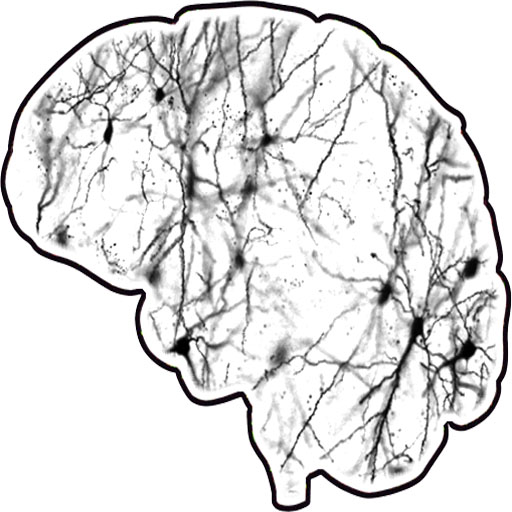Dennis J. Selkoe, MD, Distinguished Chair in Neurology
Associate Professor of Neurology, Harvard Medical School
Vice-Chair of Neuroscience Research, Brigham and Women’s Hospital
co-Director Human Nervous System Diseases Program, Harvard Stem Cell Institute (HSCI)
Mailing address: Ann Romney Center for Neurologic Disease, Brigham and Women’s Hospital, 60 Fenwood Rd., Hale Bldg. for Transformative Medicine, Boston, MA 02115 | Phone: 617-525-5783, Fax: 617-525-5200, email: tyoung (at) rics (dot) bwh (dot) harvard (dot) edu
Administrative associate: Brody Gaura
bgaura (at) bwh (dot) harvard . edu

Tracy Young-Pearse is an Associate Professor in the Ann Romney Center for Neurologic Diseases at Brigham and Women’s Hospital (BWH) and Harvard Medical School in the Department of Neurology. Her lab uses molecular approaches to study the functions of genes involved in neurodegenerative and neurodevelopmental diseases.
She received her undergraduate degree from Skidmore College in her hometown of Saratoga Springs, NY. She then went on to enter the Biomedical and Biological Sciences (BBS) program at Harvard Medical School where she received her Ph.D. in Genetics in the lab of Connie Cepko. She then completed a postdoctoral fellowship under the mentorship of Dennis Selkoe before starting her own lab in 2010. Dr. Young-Pearse is the co-Director of the Human Nervous System Diseases Program of the Harvard Stem Cell Institute (HSCI) and the Vice-Chair of Neuroscience Research in the Department of Neurology at BWH. In 2022 she was named the inaugural incumbent Dennis J. Selkoe, MD, Distinguished Chair in Neurology.
The Young-Pearse lab aims to understand the in vivo functions of certain genes identified in neurodegenerative and developmental disorders of the human brain such as Alzheimer’s disease, bipolar disorder, schizophrenia, and autism. They use a variety of molecular and biochemical techniques in conjunction with modeling in rodents and induced pluripotent stem cells (iPSCs) to understand the normal and pathological functions of genes involved in these disorders. By elucidating the normal functions and mechanisms of action of these genes and how mutations cause pathology, there is the potential to better understand both the fundamental causes of these devastating diseases and the normal development and functioning of the brain.
